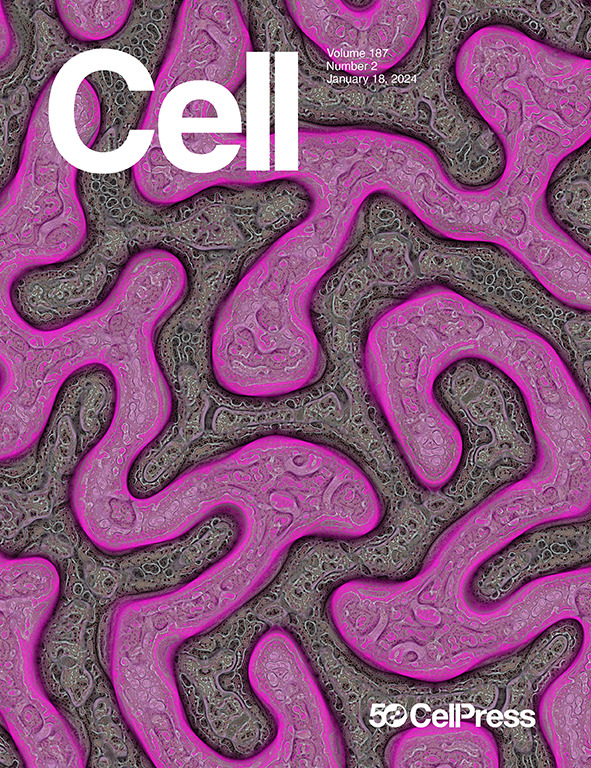Structural insights into auxin influx mediated by the Arabidopsis AUX1
IF 45.5
1区 生物学
Q1 BIOCHEMISTRY & MOLECULAR BIOLOGY
引用次数: 0
Abstract
Auxin is crucial in orchestrating diverse aspects of plant growth and development and modulating responses to environmental signals. The asymmetric spatiotemporal distribution of auxin generates local gradient patterns, which are regulated by both cellular auxin influx and efflux. The AUXIN1/LIKE-AUX1 (AUX1/LAX) family transporters have been identified as major auxin influx carriers. Here, we characterize the auxin uptake mediated by AUX1 from Arabidopsis thaliana. Using cryoelectron microscopy (cryo-EM), we determine its structure in three states: the auxin-unbound, the auxin-bound, and the competitive inhibitor, 3-chloro-4-hydroxyphenylacetic acid (CHPAA)-bound state. All structures adopt an inward-facing conformation. In the auxin-bound structure, indole-3-acetic acid (IAA) is coordinated to AUX1 primarily through hydrogen bonds with its carboxyl group. The functional roles of key residues in IAA binding are validated by in vitro and in planta analyses. CHPAA binds to the same site as IAA. These findings advance our understanding of auxin transport in plants.

拟南芥AUX1介导的生长素内流的结构研究
生长素在协调植物生长发育的各个方面以及调节对环境信号的反应中起着至关重要的作用。生长素的时空分布不对称,产生局部梯度模式,受细胞生长素内流和外排调控。生长素1/LIKE-AUX1 (AUX1/LAX)家族转运蛋白被认为是生长素内流的主要载体。本文对拟南芥中AUX1介导的生长素摄取进行了研究。利用低温电子显微镜(cryo-EM),我们确定了它在三种状态下的结构:生长素未结合状态、生长素结合状态和竞争抑制剂3-氯-4-羟基苯基乙酸(CHPAA)结合状态。所有结构都采用向内的构象。在生长素结合结构中,吲哚-3-乙酸(IAA)主要通过与其羧基的氢键与生长素1配合。通过体外和植物分析验证了关键残基在IAA结合中的功能作用。CHPAA与IAA结合在同一个位点上。这些发现促进了我们对植物生长素转运的理解。
本文章由计算机程序翻译,如有差异,请以英文原文为准。
求助全文
约1分钟内获得全文
求助全文
来源期刊

Cell
生物-生化与分子生物学
CiteScore
110.00
自引率
0.80%
发文量
396
审稿时长
2 months
期刊介绍:
Cells is an international, peer-reviewed, open access journal that focuses on cell biology, molecular biology, and biophysics. It is affiliated with several societies, including the Spanish Society for Biochemistry and Molecular Biology (SEBBM), Nordic Autophagy Society (NAS), Spanish Society of Hematology and Hemotherapy (SEHH), and Society for Regenerative Medicine (Russian Federation) (RPO).
The journal publishes research findings of significant importance in various areas of experimental biology, such as cell biology, molecular biology, neuroscience, immunology, virology, microbiology, cancer, human genetics, systems biology, signaling, and disease mechanisms and therapeutics. The primary criterion for considering papers is whether the results contribute to significant conceptual advances or raise thought-provoking questions and hypotheses related to interesting and important biological inquiries.
In addition to primary research articles presented in four formats, Cells also features review and opinion articles in its "leading edge" section, discussing recent research advancements and topics of interest to its wide readership.
 求助内容:
求助内容: 应助结果提醒方式:
应助结果提醒方式:


